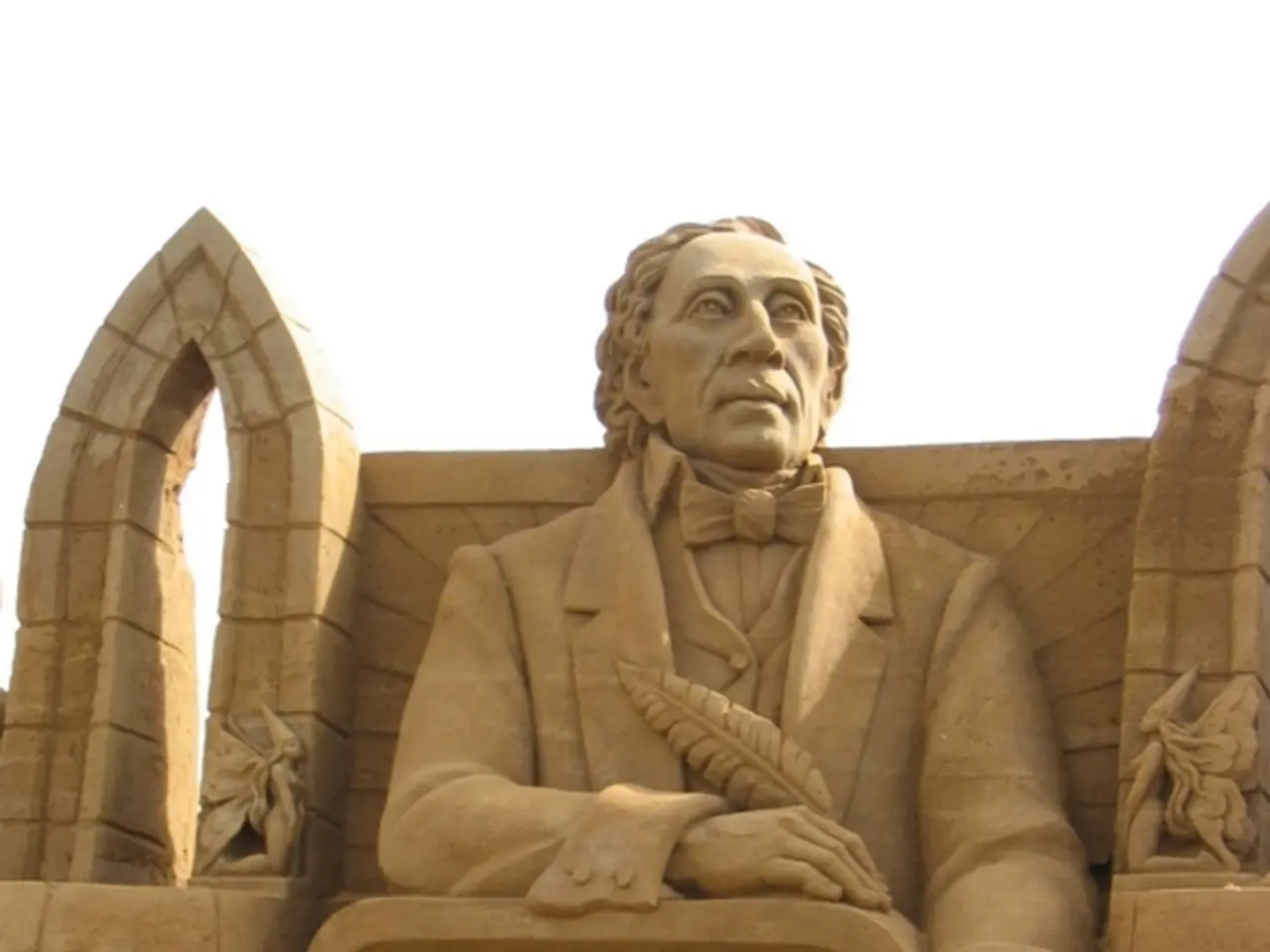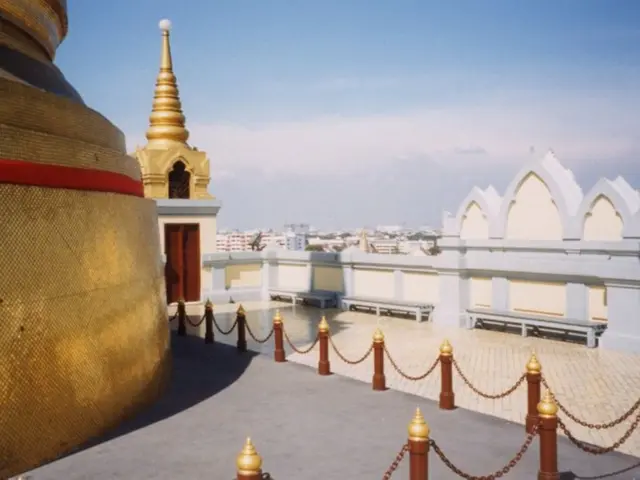Contemporary exhibits featuring Tibetan and Uyghur artworks at Bangkok Arts and Cultural Centre have been suppressed following apparent interference from Chinese authorities.
In a troubling turn of events, artworks by Tibetan and exiled artists were removed from an international exhibition at the Bangkok Arts and Cultural Centre (BACC) due to pressure from the Chinese embassy and authorities. The exhibition, titled "Constellation of Complicity: Visualising the Global Machinery of Authoritarian Solidarity," was meant to expose and critique authoritarian regimes and their global networks.
Under Beijing's diplomatic pressure, multiple works by artists in exile were either removed or altered. Key words such as "Tibet," "Hong Kong," and "Uyghur" were redacted, and some artwork was completely taken down. For example, a 12-minute conversational film by trans Tibetan artist Tenzin Mingyur Paldron titled "Listen to Indigenous People" was among the pieces removed.
This incident illustrates Beijing's expanding influence over cultural spaces and international art venues outside China. It showcases how authoritarian states can pressure foreign institutions to suppress politically sensitive content, undermining artistic freedom and critical discourse on authoritarianism.
The BACC, the primary backer of the exhibition, made adjustments to the exhibition in response to pressure from the Chinese embassy, as communicated through the Ministry of Foreign Affairs and the BMA. The centre obscured the names of Hong Kong, Tibetan, and Uyghur artists to prevent diplomatic friction between Thailand and China.
Tenzin Mingyur Paldron, the artist of the removed film, stated that museums should serve the public, not cater to any ideology. Mingyur emphasized the importance of the public advocating for the safety of the arts and their creators in response to the removal of artworks.
The exhibition, curated by the Myanmar Peace Museum, featured artworks by Tibetan, Hong Kong, Myanmar, and Uyghur artists. It was focused on authoritarian repression and addressed themes of state violence, authoritarian partnerships, and grassroots resistance.
This removal represents a broader pattern of Chinese censorship abroad, exploiting political leverage to erase or rewrite narratives that expose human rights abuses. It reflects a troubling trend of authoritarian solidarity that obstructs freedom of expression in international cultural diplomacy.
Sources:
[1] Human Rights Watch. (2021, August 17). Bangkok Arts Centre Censorship of Exhibition on Authoritarianism Highlights Growing Chinese Influence. https://www.hrw.org/news/2021/08/17/bangkok-arts-centre-censorship-exhibition-authoritarianism-highlights-growing-chinese
[2] Phayul. (2021, August 13). Tibetan artist's film on Tibet's genocide accountability removed from Bangkok art exhibition. https://www.phayul.com/news/article.aspx?id=65536
[3] Reuters. (2021, August 13). China pressures Bangkok to censor art show critical of its policies. https://www.reuters.com/world/china/china-pressures-bangkok-censor-art-show-critical-its-policies-2021-08-13/
[4] The Art Newspaper. (2021, August 13). Bangkok art centre removes works from exhibition on authoritarianism following Chinese pressure. https://www.theartnewspaper.com/news/bangkok-art-centre-removes-works-from-exhibition-on-authoritarianism-following-chinese-pressure
Read also:
- Court petitions to reverse established decision on same-sex marriage legalization
- Commemoration of 200 Days of American Resurgence Unveiled
- Minister Bärbel Bas expresses doubts about her tenure as a minister following a recent interview during the summer.
- Politicians from both Republican and Democratic parties are urging President Trump to maintain the security agreement with Australia and the United Kingdom.








